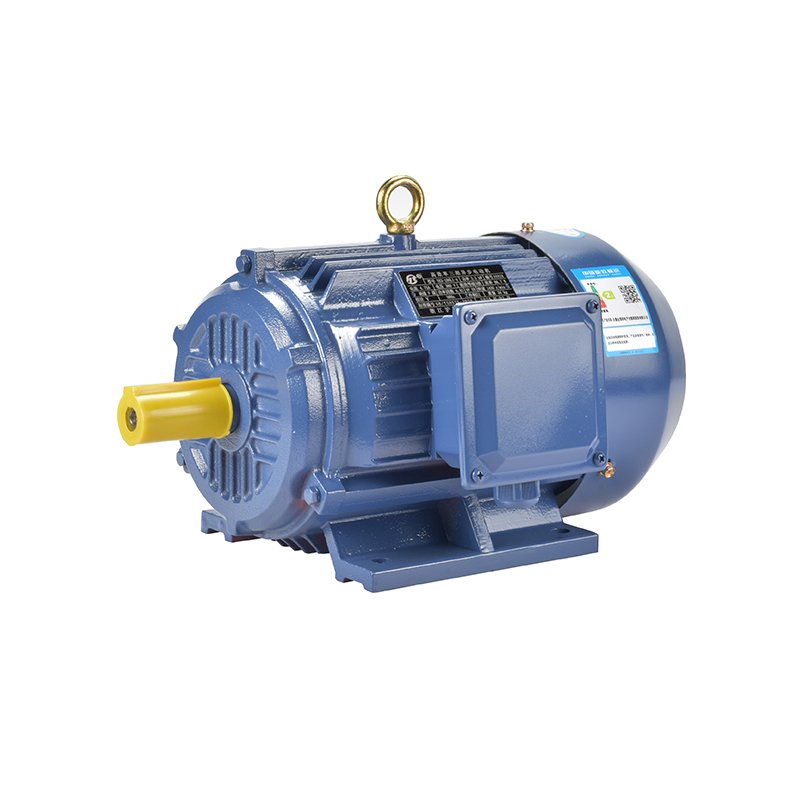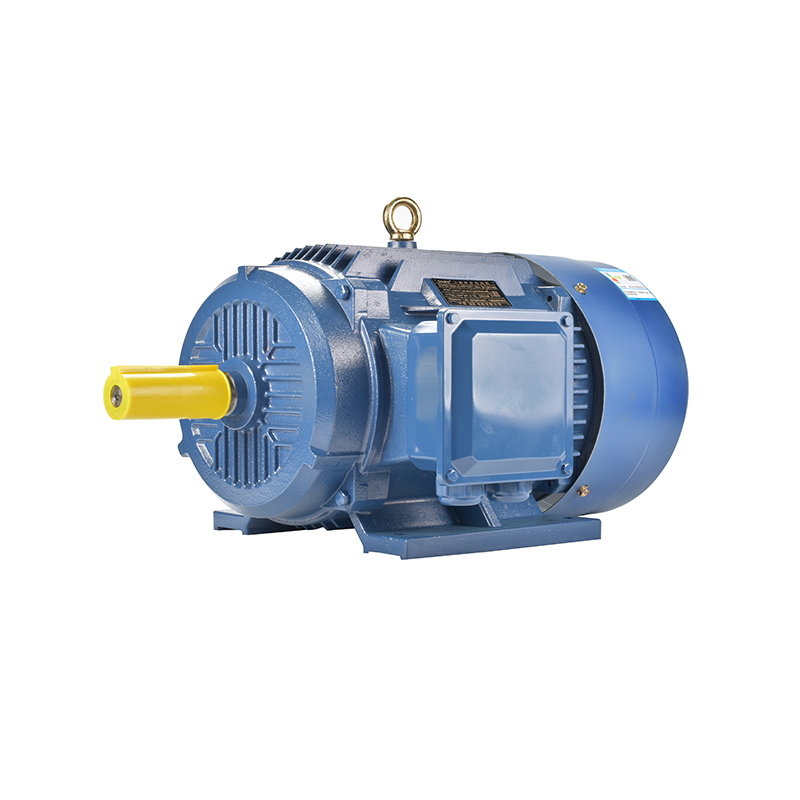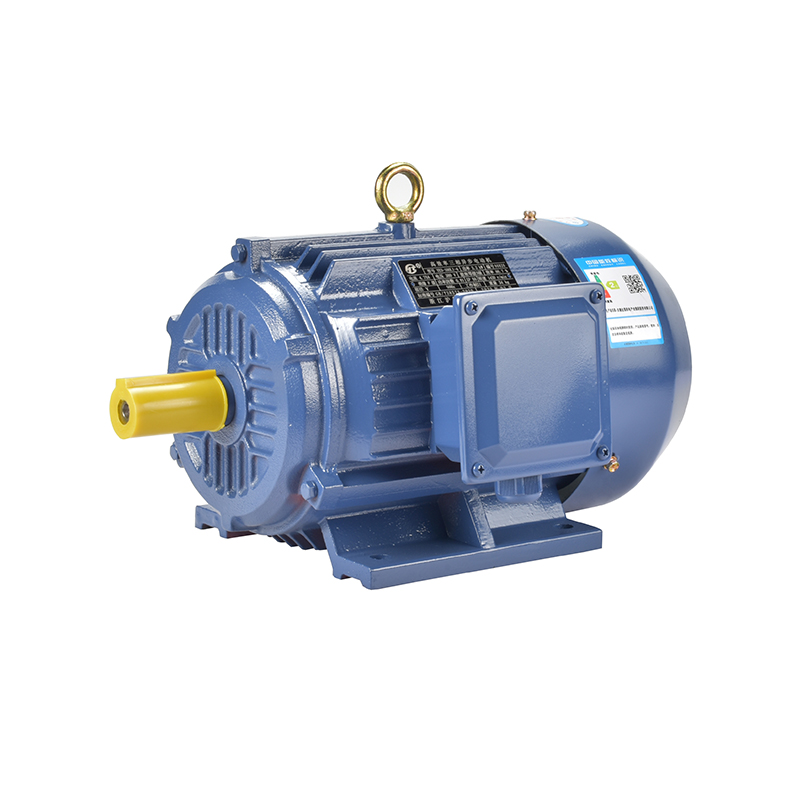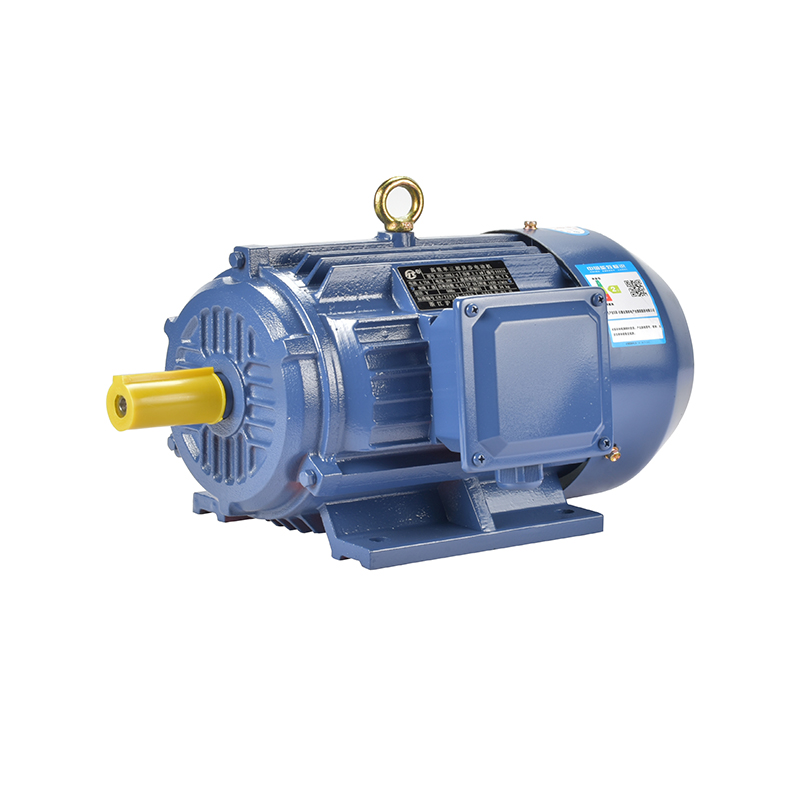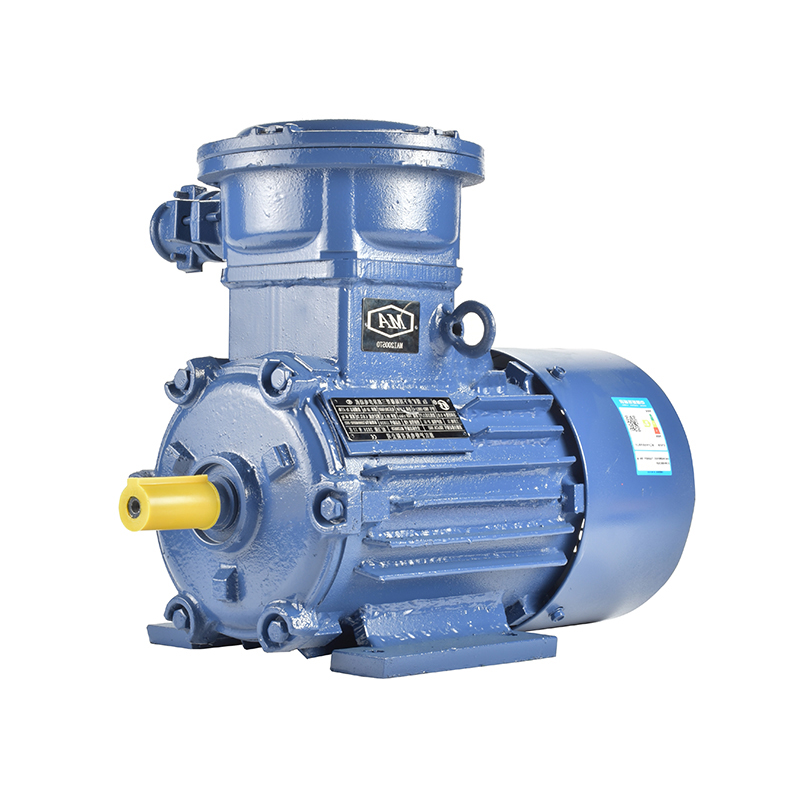Understanding Vibration Control In Electric Motor Assembly
Vibration control is a critical aspect of electric motor assembly, impacting the performance, longevity, and safety of motors across various applications. Whether dealing with single phase and three phase motors, high current motors, or specialized models like the 5 hp explosion proof motor, managing vibration effectively is essential for maintaining operational stability and reducing maintenance costs.

Electric motors inherently generate vibrations due to the rotating components, electromagnetic forces, and mechanical imbalances. During assembly, these vibrations can become more pronounced if key factors are not carefully addressed. Excessive vibration can advance to premature wear of bearings, insulation damage, misalignment, and ultimately motor failure. For industries relying on reliable motor performance, understanding and implementing vibration control methods during assembly is a practical necessity.
One of the fundamental sources of vibration arises from imbalance in the rotor assembly. Even minor discrepancies in the rotor’s mass distribution can cause uneven forces when the motor spins. This issue affects single phase and three phase motors alike, although the complexities differ slightly due to their electrical and mechanical structures. Balancing procedures during manufacturing, such as dynamic balancing of the rotor, help reduce these imbalances. Specialized balancing machines measure and correct the rotor’s mass distribution, resulting in less vibration once the motor is operational.
Beyond rotor imbalance, misalignment of components during assembly can exacerbate vibration problems. The motor shaft must be aligned precisely with connected equipment, such as pumps or fans. Misalignment places uneven loads on bearings and coupling devices, increasing vibration and accelerating wear. Assembly teams often use laser alignment tools or dial indicators to ensure shaft alignment within tight tolerances. Proper alignment is particularly important for high current motors, where increased torque and power amplify the effects of any imbalance or misalignment.
Bearing selection and installation are equally significant for vibration control. Bearings support the rotor’s rotation and help maintain its position within the stator. Poorly selected or improperly installed bearings may allow excessive play or friction, resulting in vibrations and noise. For example, in a 5 hp explosion proof motor designed for hazardous environments, the bearing quality and installation precision must meet stringent standards to prevent failures that could cause sparks or overheating. Using high-quality bearings and following manufacturer installation guidelines reduces the risk of vibration-induced damage.
The motor frame and mounting method also play a role in controlling vibration. A rigid frame can absorb and dampen vibration, preventing it from transmitting to the connected structure or equipment. Vibration isolation pads or flexible mounts may be used to further reduce the transfer of vibration to surrounding components, especially in industrial settings where multiple machines operate in proximity. For motors like the high current motor, which typically produce higher forces, these vibration damping techniques become particularly relevant to maintain overall system stability.
Another consideration is the electrical aspect of vibration. Electric motors experience magnetic forces that vary with current flow, load changes, and electrical imbalances. In single phase and three phase motors, uneven magnetic pull can induce mechanical vibrations if not properly addressed through design and assembly practices. Ensuring precise winding and correct assembly of stator coils helps maintain magnetic balance. During assembly, thorough inspection of the windings and testing under load conditions can identify potential vibration issues early.
Regular vibration testing and analysis during and after assembly provide valuable insights. Using tools such as accelerometers and vibration analyzers, manufacturers can detect frequencies and amplitudes that indicate imbalance, misalignment, or bearing faults. This proactive approach enables corrections before the motor reaches the customer. For the 5 hp explosion proof motor, which operates in potentially volatile environments, vibration monitoring is even more critical to ensure safe and reliable performance.
The assembly environment itself can influence vibration control. Cleanliness, temperature, and humidity levels affect component fitting and material properties. Contaminants such as dust or debris introduced during assembly can cause uneven bearing wear or insulation issues, indirectly contributing to vibration. Maintaining strict assembly environment controls helps ensure consistent quality and reduces the risk of vibration-related problems later on.
Finally, documentation and adherence to assembly protocols reinforce vibration control measures. Detailed assembly instructions, training for assembly personnel, and quality checks at each stage help maintain consistent standards. This is particularly important for specialized motors like the 5 hp explosion proof motor, where safety and reliability requirements are stringent. Recording vibration test results and balancing data enables traceability and continuous improvement.
In summary, vibration control in electric motor assembly is a multifaceted challenge that involves mechanical balancing, precise alignment, quality component selection, and careful assembly practices. Whether assembling single phase and three phase motors, high current motors, or explosion proof models, understanding vibration sources and control techniques ensures motors operate smoothly and reliably. Investing in these measures benefits manufacturers and end-users alike, reducing downtime and extending motor service life.
-
Feedback



 English
English русский
русский Español
Español عربى
عربى

